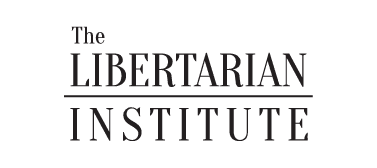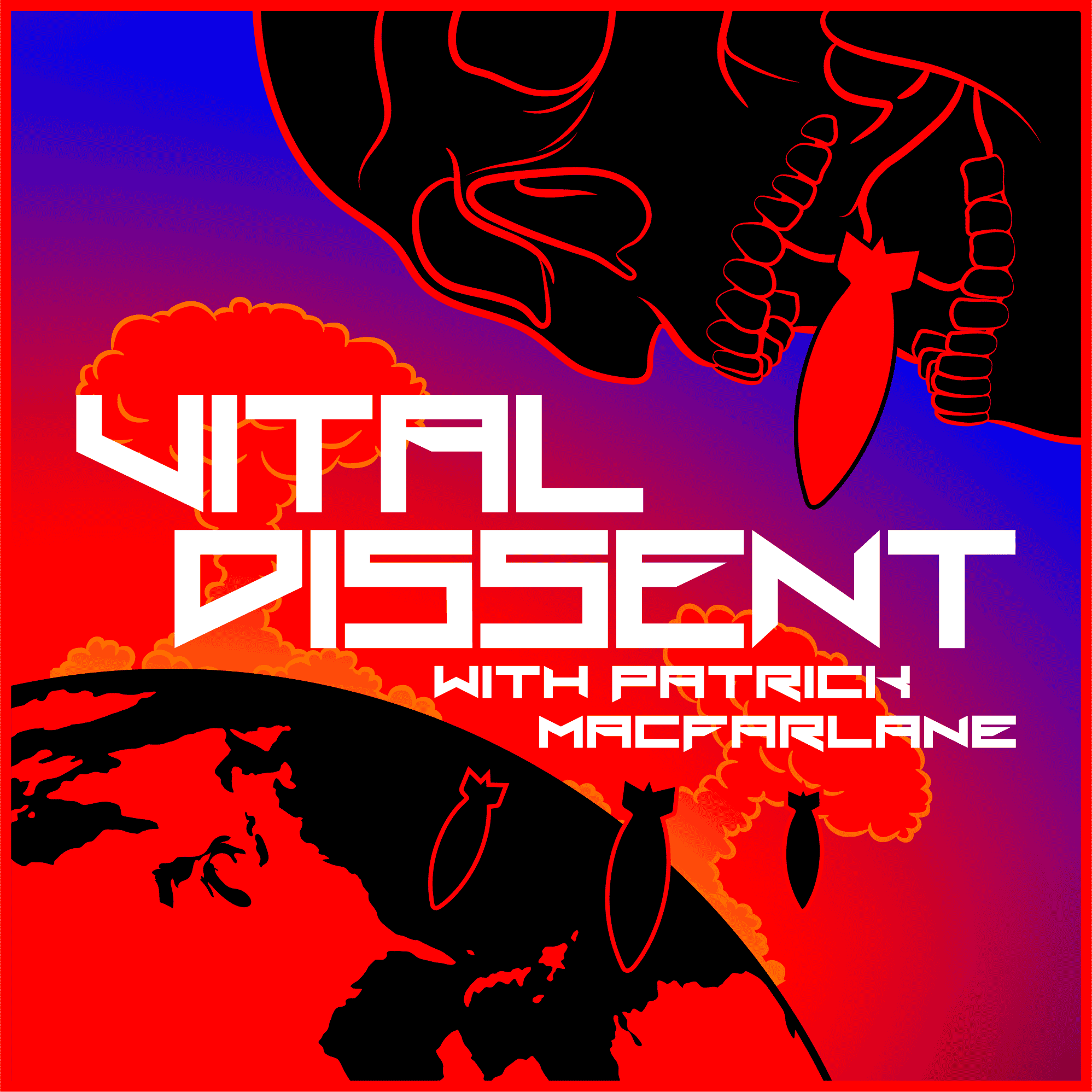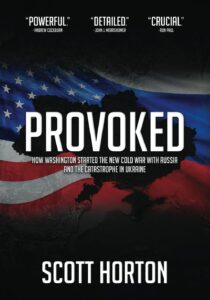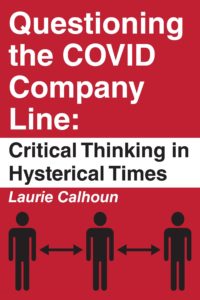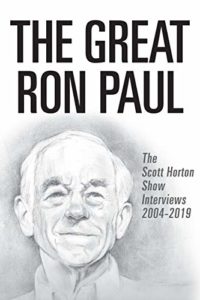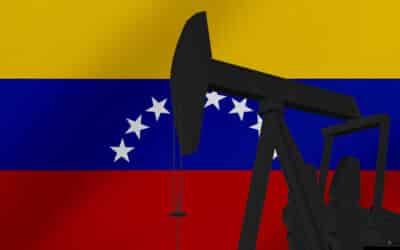A lifelong family friend brought up the subject of government-funded science at a family cookout recently, and was surprised to hear my opposition to it.
“Well, I don’t think we should be taxing people to study the sex life of quails on cocaine,” I responded jokingly.
As best as I can remember, the conversation that followed with this brilliant woman in her 50s—who in younger days was just a dissertation away from a PhD in chemistry—went along these lines:
“That’s just the problem. You don’t know the incredible benefit of all this research. Even the quail study has a scientific basis that can be used productively.”
“They’re wasting so much money. That’s the difference between government and the private sector; the private sector is the one that brings actual productive benefits, because they insist on results.”
“The government’s shotgun method of research is best; it’s better than the rifle approach of industry, which wouldn’t fund enough research anyway. Can you give me even one example of a scientific advance funded by the private sector?”
“Jonas Salk inventing the polio vaccine.”
“That’s the most recent example you have?”
“No, you asked for an example and I gave you the first one that came to mind. How about the iPhone?”
“The iPhone is built on top of government research.”
“Maybe, but government didn’t make the iPhone; it’s private industry that made it practical and useful.”
“This is the problem. Do you know what an amino-acid spectrometer is?”
I may have recalled the wrong kind of spectrometer she described here. And she didn’t mean her response to be as insulting as it objectively was. The upshot of the unspoken argument was basically, “Those Trumptards are uneducated and don’t understand science, which is why they want to cut government funding of it.” But she knew I wasn’t a Donald Trump supporter.
The best I could do on the spot, a pair of whiskey shots down, was to respond:
“No, but listen. The government probably spends $200 billion per year on scientific research, and there’s no data to believe it’s good for the economy or health. That’s about $1,500 for every household in America, every year. That’s money people could have spent on better health care, college courses toward a degree and higher income—which is associated with longer life—a gym membership or exercise equipment.”
Her “spectrometer” argument didn’t sit right with me at the time, and after a little thought, I realized why. The argument “it’s worth it,” if it’s not a metaphysical argument, is an economic argument and not a scientific one. Yes, it had the patina of a scientific argument, but there was no actual science in that argument.
She had blinded me with “science.”
But the argument was even worse than that, as she had used the “shotgun” argument over the “rifle” approach, essentially arguing that in order to be efficient you have to be inefficient. At bottom, her argument could be reduced to: “I haven’t done any math or any science on this topic, but government science money helps. Trust me, bro, it helps!”
Keep in mind that this is not a dumb person; in fact, she’s probably a smarter person than me, even if in this case she used about the worst argument possible.
The only argument she had actually made here was “authority.” And the reality is that many of these grants are given out by people with undergraduate degrees in grant-writing, not scientific experts.
Or worse, they’re often written by lobbyists.
The Food Pyramid of 1992 implemented as policy the recommendations of the 1977 U.S. Senate Select Committee on Nutrition and Human Needs, a conclusion opposed by American Medical Association, which back in 1977 protested, “The evidence for assuming benefits to be derived from the adoption of such universal dietary goals as set forth in the report is not conclusive…[with] potential for harmful effects.” Those harmful effects have come home to roost, with Americans having the highest obesity rate in the world, excepting only a few tiny South Pacific island states, and a lower life-expectancy than many other advanced nations, including some with much lower incomes (America is 48th in life expectancy). Starchy foods contributed greatly to the obesity crisis, as the American diet high in starchy grains had been in part the result of longstanding FDA recommendations.
Even today, there are claims that the new FDA food recommendations are political…because they are. How could they be otherwise in an era where the U.S. Department of Agriculture subsidizes McDonald’s and other giant junk food companies, recently orienting its direct subsidies more closely with producer lobbies? The subsidy of giant corporations like McDonald’s is nevertheless ongoing, and overall the USDA’s Research & Promotion Program, run under the auspices of the Agricultural Marketing Service, is a “science” project of the federal government costing taxpayers billions of dollars annually.
The USDA’s Research & Promotion Program lists all the lobbies it has formed and funded on the left column of its website, including the U.S. Popcorn Board and National Honey Board. As much as I like popcorn, promoting the consumption of popcorn popped with canola oil with the slogan “Who knew healthy could taste sooo good!” is the height of pseudo-science. Corn has calories in the form of starchy carbohydrates, but it is shockingly devoid of vitamins and minerals. That U.S. Popcorn Board promotion didn’t even bother to claim popcorn had any vitamins or essential minerals.
The government-funded science “shotgun” approach to scientific research is shotgunning down the lives and health of Americans. This “science” propounded by the U.S. government has now cost tens of millions of lives, and counting.
Even in cases where the real experts are doling out the government research funding, they sometimes run disastrous results. Consider that the Wuhan Institute of Virology likely created the COVID-19 pandemic, created with U.S. government funding approved directly by Dr. Anthony Fauci. Cumulative COVID-19 deaths have now topped seven million globally.
And it’s important to note that the difference between a private company that creates a disaster and a government official that creates a disaster is consequences: When the Exxon Valdez dumped oil in Prince William Sound and killed some otters and ducks but no humans, the company had to pay hundreds of millions of dollars in damages. Anthony Fauci got a medal from the George W. Bush White House after personally expanding the deadly AZT disaster and pardon from President Joe Biden after helping to kill millions in the COVID pandemic.”
If you’re going to argue that government-funded science saves lives, or at least is good for the overall economy, then you’re making an economic argument that can be measured by econometrics. It has nothing to do with science, and if someone tells you need a scientific background to evaluate the results of government research funding, they have no idea what they’re talking about. If government makes amino acid spectrometers (something I doubt), then it should be pretty easy to show how many lives that government funding saved, or how it increased U.S. GDP, and measure it against the cost of the research.
And there is a heavy negative cost. Total government spending on scientific research of all kinds is $195.7 billion annually, according to the National Science Foundation. While the National Science Foundation is only allocated $9 billion annually, and NASA $24.9 billion, that’s just the visible part of the iceberg. The Department of Health and Human Services (especially the FDA, NIH, and CDC) is the biggest player, and the departments of Agriculture, Defense, Energy, and the EPA are also major players. That nearly $200 billion (which I had guessed in the conversation above) amounts to about $1,500 for every household in America.
Harvard is the largest academic recipient of scientific research largesse, gaining $684 million in 2024 of the more than $60 billion sent to colleges and universities in America and abroad annually by the U.S. federal government. And it’s a big part of university funding. Harvard is a private university in name only, acknowledging in a press release during its recent tiff with the Trump administration, “In fiscal year 2025, about 46% of the school’s total budget came from federal funding for direct research costs and federal reimbursement of facilities and administration expenses required to support that research.”
Classical economist Frederick Bastiat once noted, “Between a good and a bad economist this constitutes the whole difference—the one takes account of the visible effect; the other takes account both of the effects which are seen, and also of those which it is necessary to foresee.” And government science research funding is no exception.
It’s pretty easy to measure the impact on GDP of individual studies like the study of quail sex on cocaine; they’re an economic dead loss in the amount of the cost of the study. But how can we measure the cost of government spending in terms of lives lost? As a general rule, higher incomes worldwide mean longer lifespans while lower incomes mean shorter lifespans. Taxing people lowers their income, leading to those same negative consequences. So while life may be priceless (something, as a Christian, I believe), in an economic sense the value of life can be measured econometrically.
The U.S. government even has generated numbers they use to measure whether the impact of regulations are worth it, to judge whether a regulation will save lives or cost lives, economically speaking. The number varies from department to department. The U.S. Department of Health and Human Services used the number $13.1 million in 2024. The New York Times reported in 2020 that “Today, the [Consumer Product Safety Commission] uses a figure of $8.7 million. Other U.S. departments’ and agencies’ values differ somewhat. The Environmental Protection Agency uses $7.4 million. The Department of Transportation (which includes the Federal Aviation Administration) uses $9.6 million.” Peer-reviewed scientific journals generally run a spectrum for the “monetary value of a statistical life” that’s lower than the HHS number, with a median midpoint of $5.7 million in 2019 dollars.
If only Anthony Fauci had used one of these numbers before trying to shut down the entire $21.4 trillion U.S. economy in 2020 in the name of “science,” Americans would never have suffered from the shutdowns and all the negative consequences of that shutdown (which included a mental health crisis, a heightened obesity crisis and higher cancer deaths).
Even using the higher $13.1 million figure, that would mean the $195.7 billion in federal research funding is costing nearly 15,000 lives every year. So federal science research better be saving at least 15,000 lives on net every year, or it’s not worth it, economically speaking. And no, I won’t trust you on it, bro.
Let the advocates of government-funded scientific research try to demonstrate with credible numbers that, on net—even after the Food Pyramid, COVID gain-of-function research in Wuhan, AZT disaster, and the COVID shutdown—this funding saves more than 15,000 lives every year and increases our net wealth. From my perspective, they’re starting several tens of millions of lives and a rounding error from $200 billion per year in the hole.
